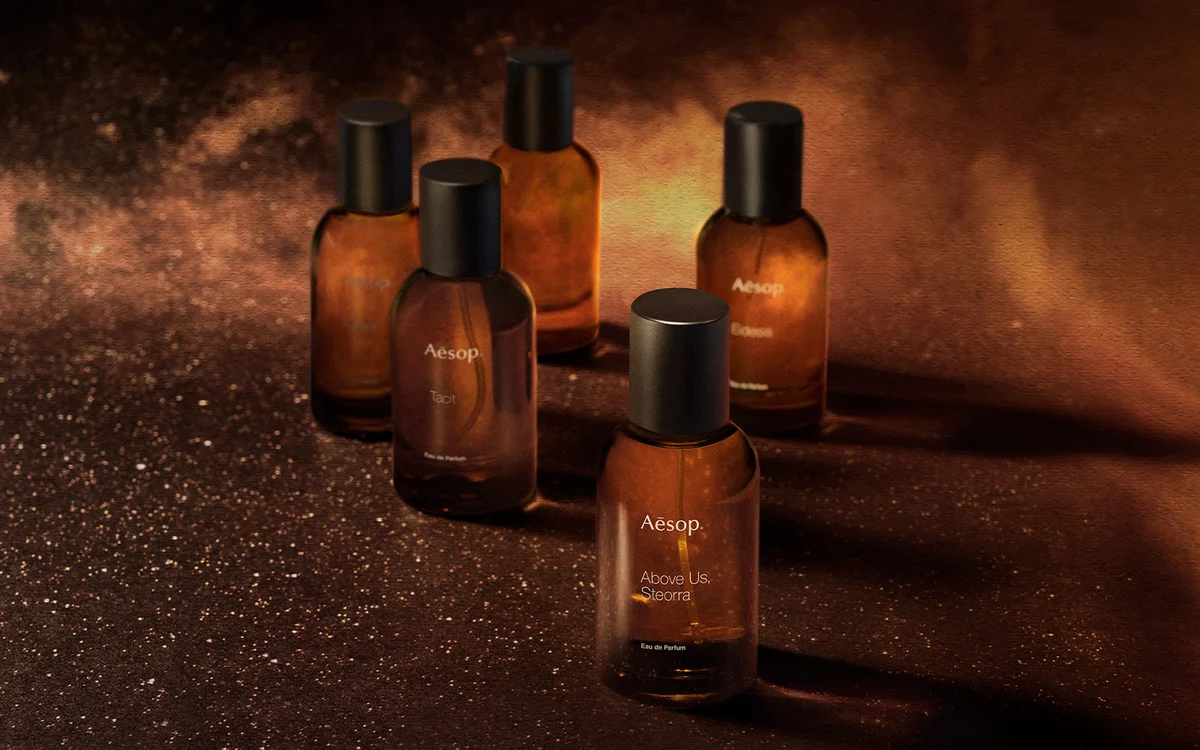By Peter Bevan
Copyright standard

I’m a firm believer that you should treat your fragrances like you do your clothing choices.
You wouldn’t walk around in shorts and a T-shirt in winter, just as a citrussy fragrance doesn’t feel right when it’s cold out. Instead, when the temperature starts to free-fall, I’m sniffing out warmer scent profiles. Sandalwood. Leather. Oud. The kind of notes which would pair well with a cosy knit and coat, rather than something that you might pack for a sunny holiday.
Think about it: when you’re wandering around among the crisp, golden leaves with a faint smell of pumpkin-spiced lattes in the air (if you’re passing a Starbucks, at least), you certainly don’t want to smell like a man who’s spritzed himself ready for an alfresco dinner on the Amalfi coast.
It’s all about feeling the season, not trying to fight it. You want to smell like you’ve just been in a pub with a fire or helping your nan bake gingerbread. Okay, niche – but you get the picture I’m painting here.
The question is: why do the changing seasons dictate what notes feel right? Well, it’s all in the noggin. There’s a close link between scent and the part of the brain which forms emotions and memory, so certain notes are full of season-specific nostalgia. Where we’d associate a zingy lemon with summer (sorbet or fresh lemonade), a warm caramel vanilla reminds us of the transition into autumn, like sticky toffee pudding or crème brûlée. I have a sweet tooth – can you tell?
Besides the fact that it’s best to go for winter-adjacent notes so that your new fragrance buy will go the distance, heavier scent profiles are also scientifically better suited to cooler weather. In summer, the warmer air contains more energetic odour molecules that disperse easily. Aromas travel further, which is why many opt for a light spritz. Cold air, on the other hand, has the opposite effect, so it can quickly deaden whatever you’ve chosen to spray yourself with.
With that in mind, autumn is the time to shelve lighter fragrances and dive into something deeper.
The good news? There’s some really simple jargon which relates to a perfume’s strength – for something with a high percentage of perfume oil, you should go for an ‘eau de toilette’. The only difference between an eau de parfum, an eau de toilette and a cologne is the concentration – an EDP is the strongest, while an EDT is in the middle, and a cologne is the lightest of the three.
Even when you follow these simple steps, it can still be tricky knowing which brand to go for with the countless options out there – but that’s where I come in.
As a men’s grooming expert who has contributed to British Vogue, British GQ, Esquire, Mr Porter, WWD and, of course, The London Standard, I’m well-versed in men’s style, and by association, the wider fragrance sphere. If there’s anyone you can trust to point you in the right olfactory direction, it’s me.
Whether you’d rather have an iconic blend by a big brand, something off the beaten track or even a solid high street pick, I’ve got you covered with my list of the best below.
You, and your new scent, can thank me later.



